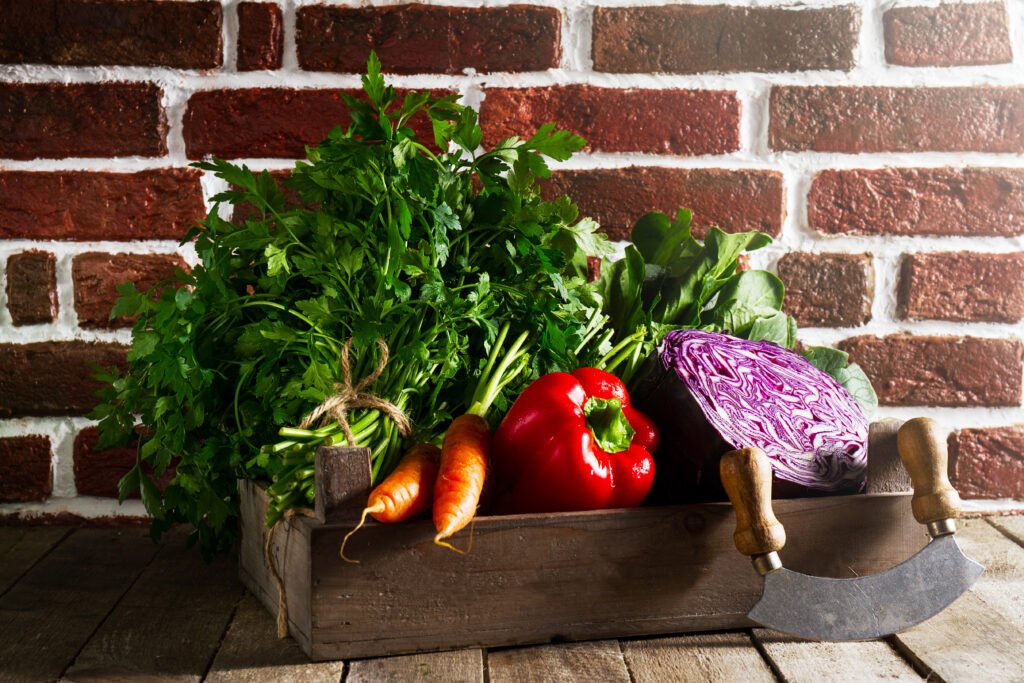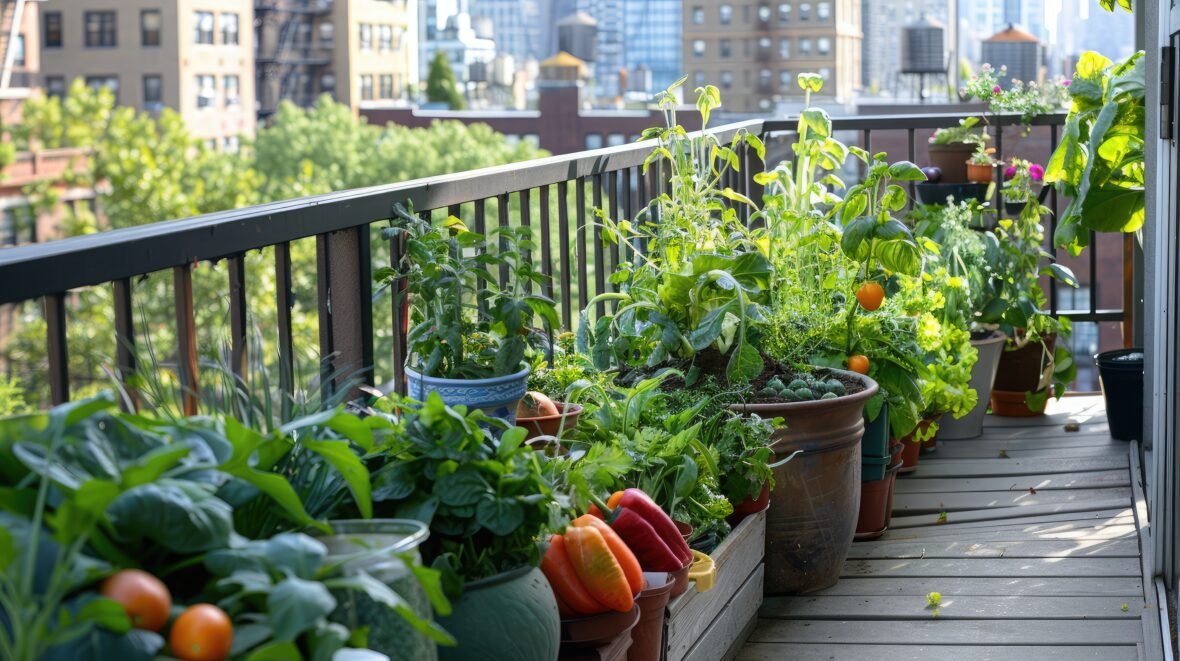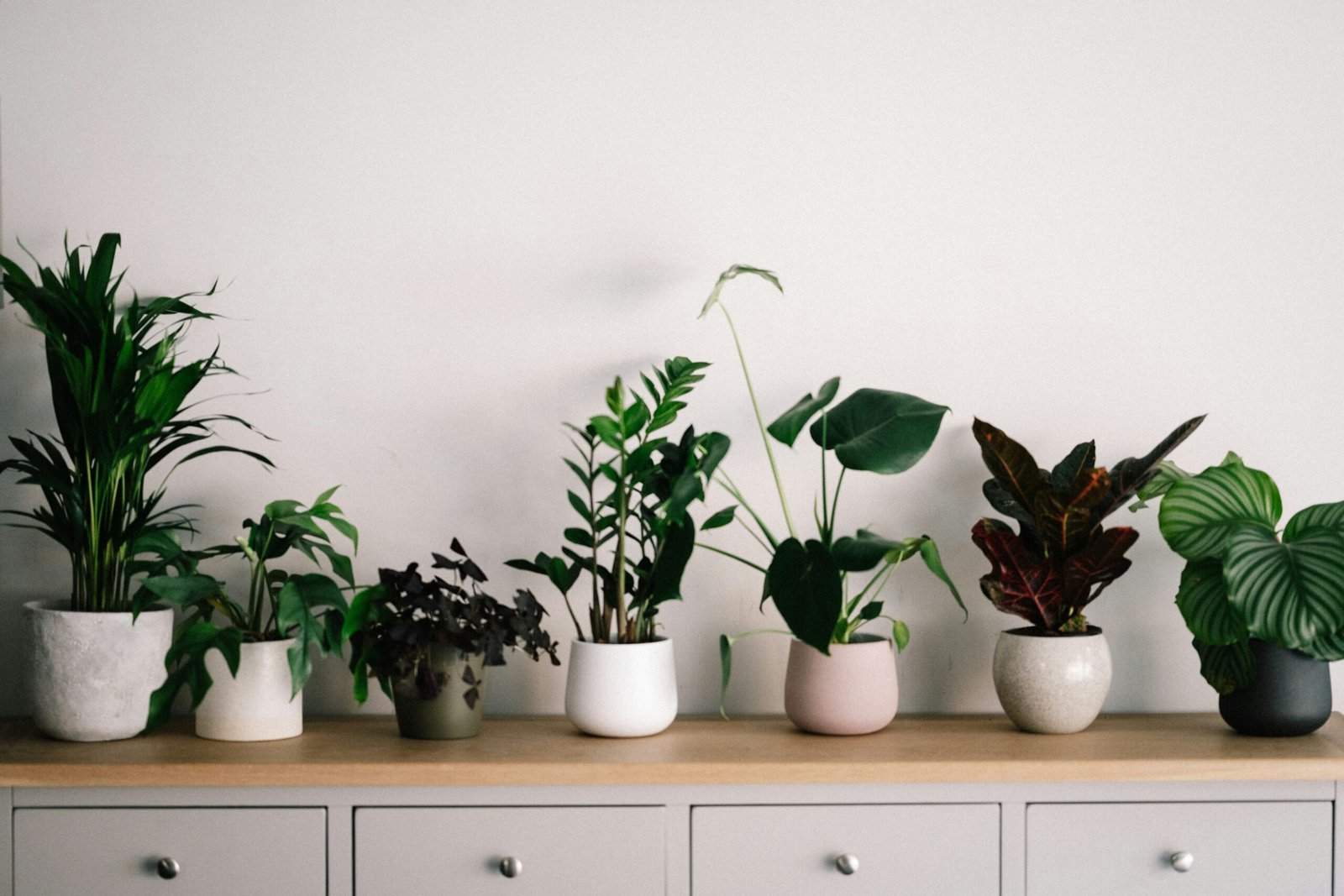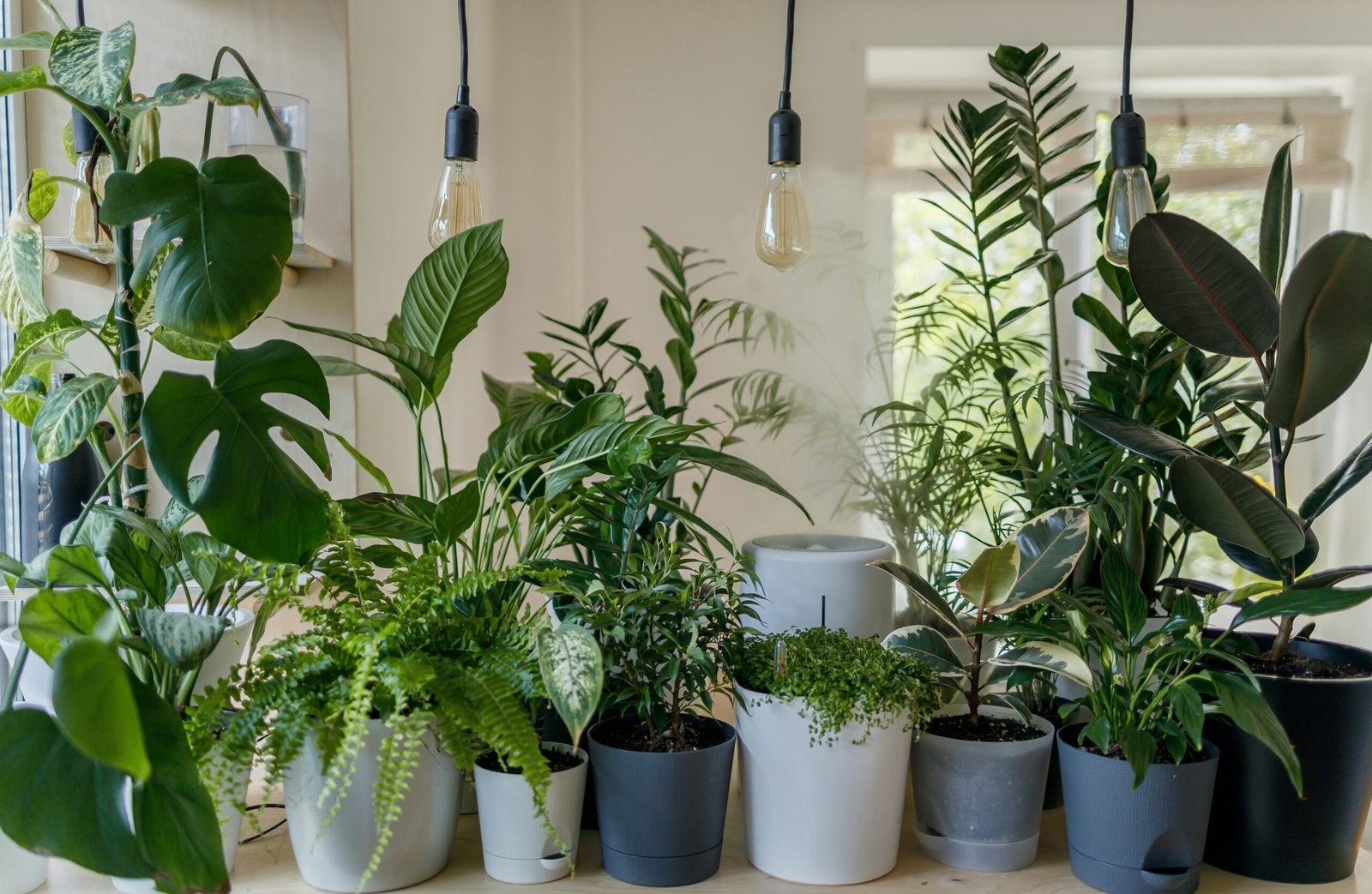Developing new veggies at home has been more famous lately in light of the fact that to home cultivating’s eco-accommodating, pleasant, and sensibly valued strategies. This sustainable method has a better nutritional content and a more appealing flavor than store-bought alternatives. This essay discusses the top 15 healthy vegetables for optimal growth.

Healthiest Vegetables for Home
1. Health Benefits of Kale
Rich in vitamins A, C, and K, as well as potassium, calcium, magnesium, fiber, and antioxidants, kale is a nutrient-dense super food that may effectively lower cholesterol and inflammation.
Horticultural Guidance
A cool-weather crop, kale grows best in temperatures between 55 and 75°F (13 and 24°C). Six to eight weeks before the final frost, sow kale seeds directly in the garden or start indoors. Make sure the soil has adequate drainage and is compost-enriched. As the leaves grow, gather them from the bottom up.
2. Health Benefits of Spinach
Folate, iron, calcium, and vitamins A, C, and K are all abundant in spinach. It improves eye health, reduces oxidative stress, and fortifies bones.
Extending Suggestions
The warmer weather of early spring and late fall is ideal for spinach growth. Directly sow seeds in the garden using moist soil, 1/2 inch deep. Growing spinach requires soil that is rich in organic content and well-draining. As soon as the leaves are big enough to eat, harvest them.
3. Health Benefits of Broccoli
Broccoli is high in fiber, vitamins C and K, as well as antioxidants. It improves bones and the immune system and has anti-inflammatory qualities.
Developing Hints
Broccoli grows well in cold areas. Sow seeds inside six to eight weeks before the final frost. Take the seeds outdoors once they have several genuine leaves. Ascertain that the soil is rich in nitrogen and provide it with plenty of water. Broccoli heads should be harvested when they are firm and compact.
4. Health Benefits of Carrots
Carrots are high in potassium, fiber, and beta-carotene, which is converted to vitamin A. They protect eye health, improve the immune system, and improve digestion.
Expanding Hints
For carrots, loose, sandy soil free of stones is best. Plant seeds right in the garden, 1/4 inch deep. Thin out seedlings to provide an appropriate place for root growth. Keep the soil fresh. When carrots reach the proper size, they should be picked
5. Health Benefits of Beets
Beets are high in nitrates, manganese, fiber, and folate. They can support liver function, lower blood pressure, and improve athletic performance.
Growing Hints
Beets thrive in cold climates. Directly sow seeds in the garden, spacing them 1-2 inches apart and 1/2 inch deep. Make sure there is adequate drainage and organic matter added to the soil. Pick beets when their diameter is between one and three inches.
Also Reading: Initiating a Summer Garden with the Epic Gardening Method
6. The Health Benefits of Swiss Chard
Vitamins A, C, and K, as well as magnesium, iron, and potassium, are all abundant in Swiss chard. It improves heart health, lowers inflammation, and strengthens bones.
Growing Hints
A temperature-tolerant crop, Swiss chard grows well in a variety of conditions. Plant seeds directly in the garden at a depth of 1/2 inch. Plants should be spaced 4–6 inches apart. As the leaves grow, gather them and cut them close to the ground.
7. Health Benefits of Peas
Peas are a great source of fiber, protein, antioxidants, and vitamins A, C, and K. They strengthen the immune system, improve digestion, and promote heart health.
Growing Hints
Peas can be sown in the early spring or the fall and prefer colder climes. Directly plant seeds in the garden, about 1-2 inches deep. Provide climbing plants a trellis or other support. When the pods are full and green, harvest the peas.
8. Health Benefits of Tomatoes
Tomatoes are high in potassium, lycopene, vitamins C and K, and antioxidants. They reduce the risk of cancer, strengthen heart health, and enhance skin health.
Growing Hints
Warm weather is ideal for tomatoes. Six to eight weeks prior to the last frost, start seeds indoors, then move them outside once the risk of frost has passed. Support the structure with cages or stakes. Make sure the soil has adequate drainage and is compost-enriched. When the tomatoes are completely ripe, harvest them.
9. Health Benefits of Bell Peppers
Bell peppers are rich in antioxidants and the vitamins A, C, and B6. They reduce the chance of developing chronic illnesses, strengthen the immune system, and boost eye health.
Growing Hints
Bell peppers prefer warm climates. Eight to ten weeks before the final frost, start seeds indoors. Once the earth has warmed up, take them outside. Make sure the soil has plenty of organic matter and is well-drained. When the peppers reach the proper size and color, harvest them.
(Healthiest Vegetables for Home)
10. Health Benefits of Onions
Vitamins C and B6, folate, and antioxidants are abundant in onions. They have anti-inflammatory properties and strengthen bone and heart health.
Growing Hints
Onions can be grown from seed, transplants, or sets. Space them 4–6 inches apart when planting in well-drained soil. Continue to moisten the soil. When the onion tops start to dry out and fall over, harvest them.
11. Health Benefits of Garlic
Benefits of garlic therapy are well established. It has high levels of selenium, manganese, and vitamins C and B6. Garlic has immune-stimulating, blood pressure-lowering, and cholesterol-lowering properties.
Growing Hints
Garlic cloves should be planted in the fall, 2 inches deep and 4–6 inches apart. Make sure the soil has plenty of organic matter and is well-drained. When the garlic leaves start to turn yellow and wither back, harvest them.
12. Health Benefits of Cabbage
Antioxidants, fiber, and vitamins C and K are all present in cabbage. It improves heart health, reduces inflammation, and facilitates digestion.
Growing Hints
Cold climates are ideal for growing cabbage. Six to eight weeks before the last frost, start seeds indoors. When the seeds have several true leaves, take them outside. Make sure there is a lot of organic matter in the soil and that it is consistently moist. When cabbage heads are compact and hard, harvest them.
13. Health Benefits of Lettuce
Lettuce is abundant in fiber, vitamins A and K, and low in calories. It supports weight control, bone health, and eye health.
Growing Hints
Lettuce prefers cooler weather. Plant seeds directly in the garden at a depth of 1/4 inch. Continue to moisten the soil. When the head reaches the proper size, cut the entire thing or harvest the leaves as they get ripe.

Healthiest Vegetables for Home
Healthiest Vegetables for Home Growing
In conclusion
Vegetable gardening at home is a delightful hobby with many health advantages. You may get fresh, delicious produce all year long if you cultivate a variety of nutrient-dense vegetables. No matter how big or little your garden is, there are plenty of options to fit your layout and surroundings. Begin with these top 15 healthiest veggies and enjoy the delight of cooking healthy, home-grown food.




